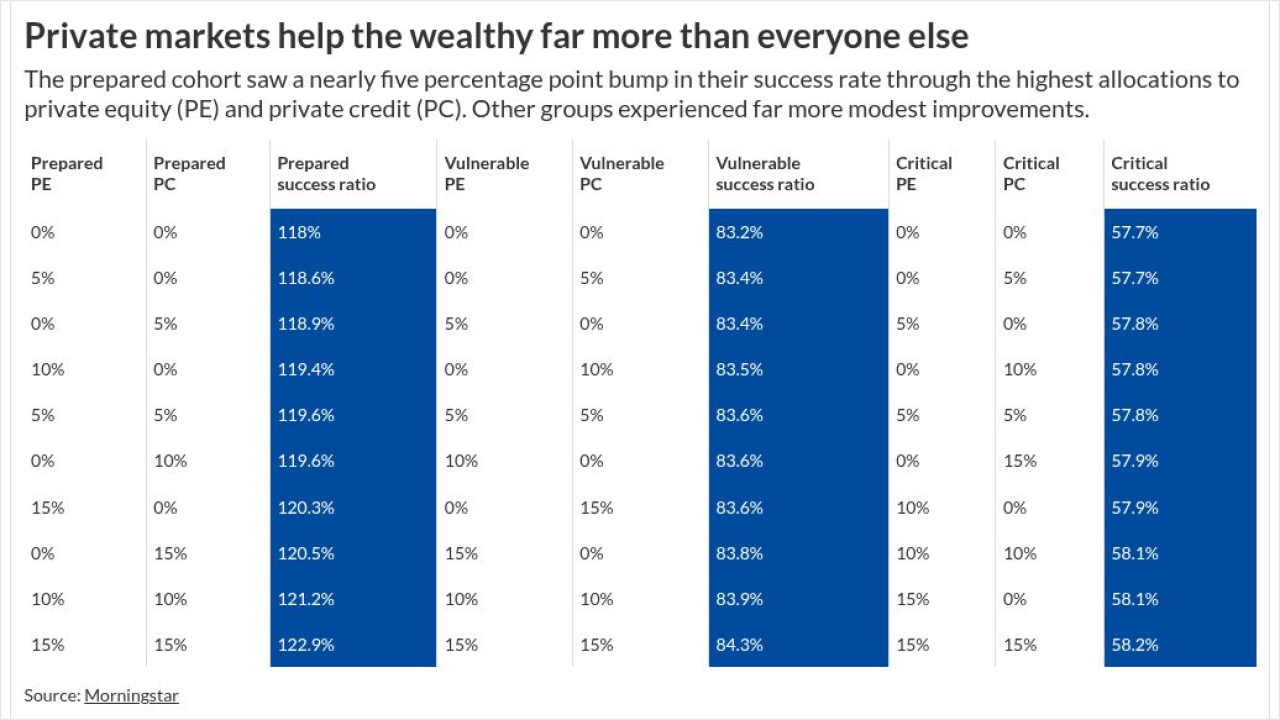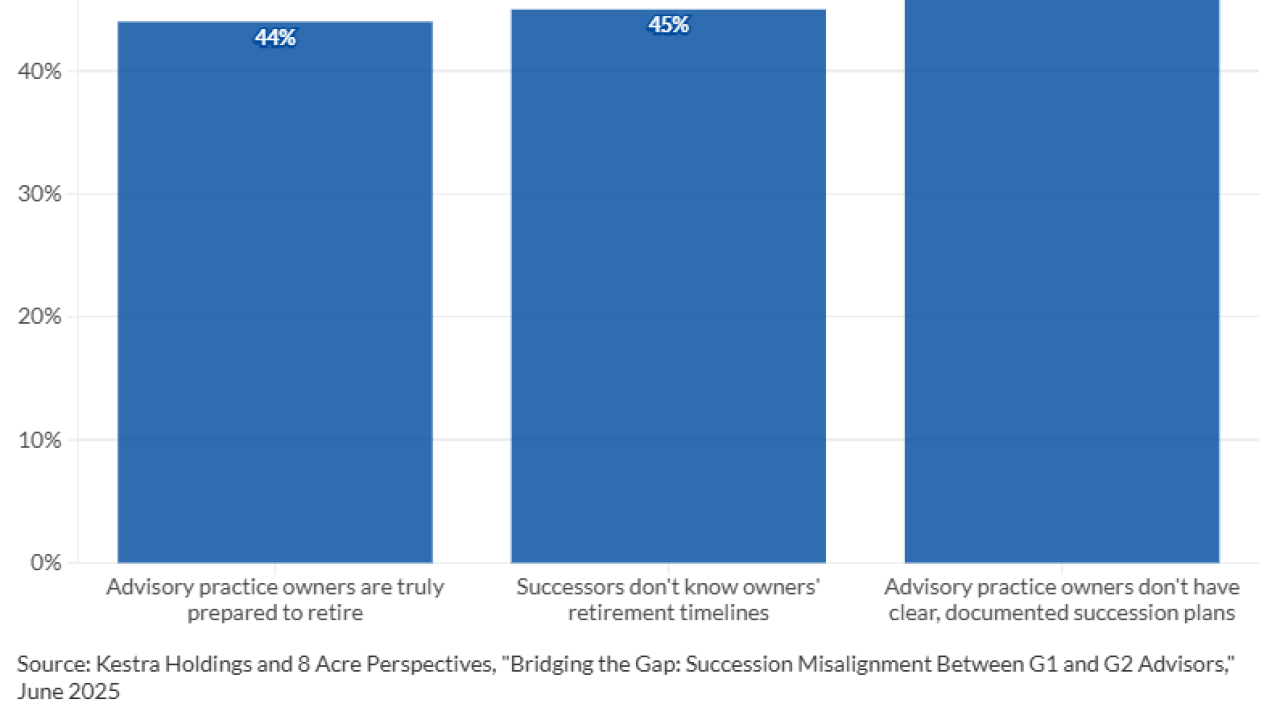A previous banking crisis involved the "oil patch" states, and the most recent one had Wall Street and Washington connections, but trying to pinpoint the geography of bank failures can be difficult.
Hotspot rankings shimmy based on the criteria used, for one thing, and the idiosyncrasies of headquarters locations add to the haze.
Nevertheless, some states consistently lead tallies of the damage done as judged through a variety of lenses, including housing boom-and-bust epicenters like California and Florida (see
Those two states rank highest in terms of asset totals at banks that failed from 2008 — when the current wave started — through Feb. 4, as a percentage of total assets of the banks headquartered in each state as of Dec. 31, 2007. Puerto Rico and Nevada ranked highest in terms of failures as a share of the total number of institutions at the end of 2007.
Puerto Rico also ranked third and Nevada fourth in terms of failed assets as shares of the total. (In four states and Puerto Rico, roughly one-fifth of assets at the end of 2007 were held by banks that subsequently failed.)
But just as these measures do not reflect the stability, or lack of it, at out-of-state banks, Nevada's numbers were distorted by the fact that it was the home of the failed $307 billion-asset Washington Mutual Bank, the primary operating subsidiary of Seattle's Washington Mutual Inc.
The lists would be shuffled further still if subsidiaries helped by open-bank assistance given to their parents, Citigroup Inc. and Bank of America Corp., were included. North Carolina would rank second in terms of failed assets as a percentage of the total, at 67.4%. New York would still not rank high, but then Nevada is home to Citi's primary bank subsidiary





